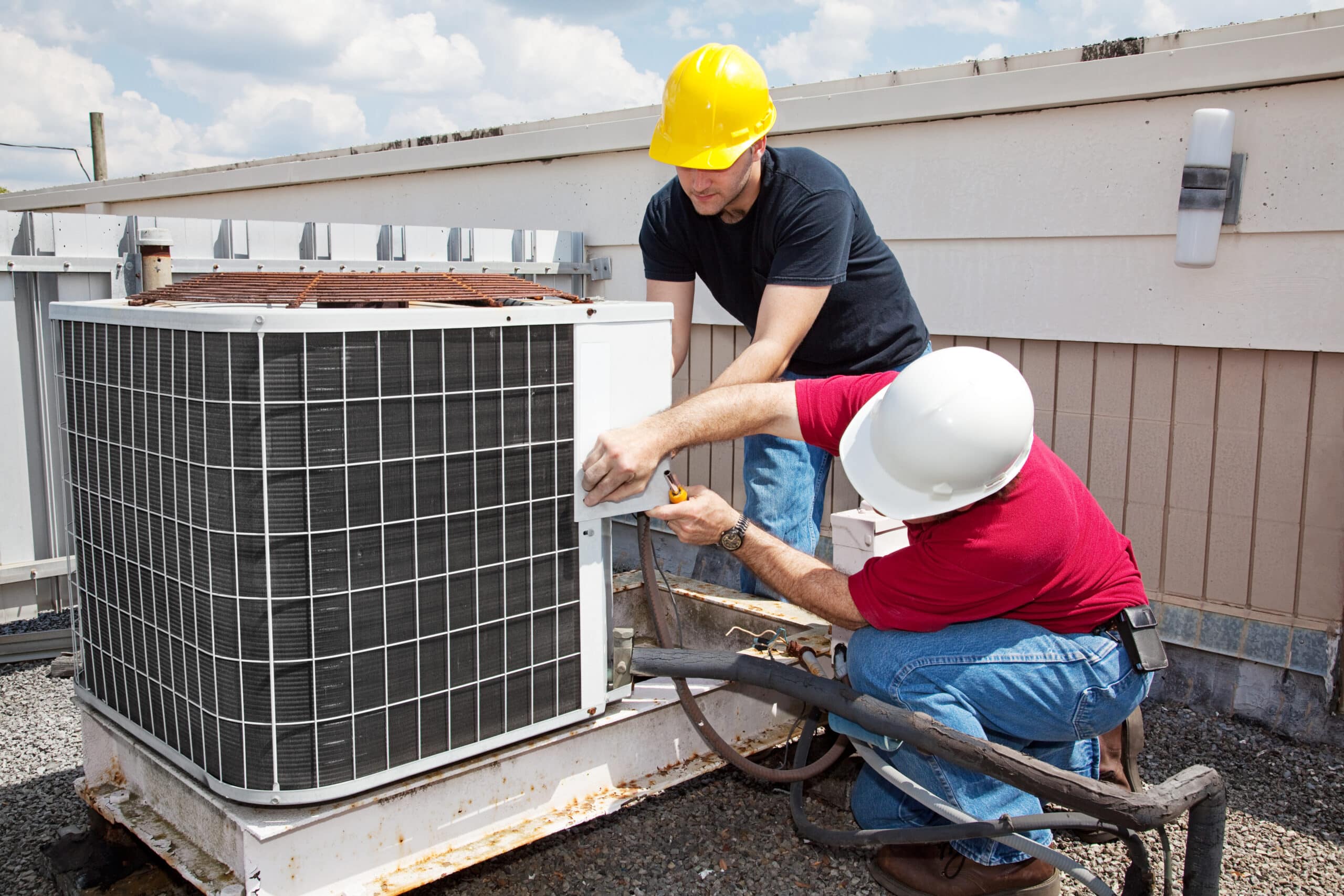Amidst the chaos and demanding service calls that hit during summer’s peak busy season, training remains crucial. But delivering adequate training during this time can be challenging. With limited availability, technicians are less likely to be engaged, and getting them to participate in activities during the busy season can feel impossible.
Training is a pivotal part of overall well-being, retention, and performance. When basketball players reach the “professional level,” do they stop practicing free throws, jump shots, and threes? The top professionals in every field train and practice daily to keep their skill set and mindset sharp.
The skilled trades industry is no exception. Professional development opens opportunities for career advancement and skill refinement as well as learning new skills. It can also improve profitability by eliminating callbacks, increasing customer satisfaction, and improving retention rates.
There are plenty of opportunities to learn this busy season—from remediation (call-back training) to professional and soft skill development.
Training Helps Mitigate Issues
Too often, companies choose to hire for years of experience, but time doesn’t always equate to skill. Hiring for attitude and training for aptitude is a better approach.
Training for aptitude—especially in the skilled trades—takes time. Malcolm Gladwell’s blockbuster book, Outliers, says it takes 10,000 hours of intensive practice to achieve mastery of complex skills and materials.
If you’re hoping for technicians to continue mastering their craft and increasing aptitude, taking off the busy season is not an option.
But when it comes to delivering training during busy times, unique challenges remain. From managing increased workloads to maintaining quality standards, the faster-paced environment leaves no room for error or increased callbacks.
When implemented correctly, a company culture focused on training positively impacts technician engagement and productivity. This results in more work order completions, less outside vendor contracting, and happier customers.
But this shift toward a training culture will only get you so far, especially if technicians are hesitant to participate in training. Motivate technicians to actively participate in training during the busy season with these four tips.
1. Tie Metrics to Goals
Technicians are more likely to participate in training if they can see the value of training but also have a sense of accountability. Increase accountability with company and individual goals that directly tie to metrics during the busy season.
Track metrics before and after training events. Add learning goals and training outcomes to quarterly and annual employee reviews. Company and individual goals to consider include:
- Equipment and accessory sales targets
- Call-backs and profitability
- 5-star reviews
- Employee morale and turnover
Train on topics—like advanced troubleshooting scenarios to optimize customer interactions —directly related to summertime goals so technicians find value in training.
2. Plan Ahead for Busy Season Training
Planning ensures team members can build training into their busy season schedule. Technicians can only set aside a small chunk of time during busy times. Smaller bouts of time dedicated to training are more effective.
- 1 hour per week group training
- 1 hour per week on individualized training
- Additional self-study training material available for downtime and home learning
Setting aside training time at the beginning or end of a shift might be easiest. Depending on your service schedule, a specific day of the week may be less likely to be overloaded—think mid-week—which may be the perfect opportunity to set aside training time. Allow technicians to choose when they learn best and encourage them to block off this time weekly just as they would for service calls.
Technicians want flexibility in learning—many wish to learn independently. But independent learning can easily fall off track. Implement a learning platform that helps with the heavy lifting, enabling you to assign courses with deadlines and keep technicians accountable.
3. Prepare Supplemental Resources
Investing in technician training and engagement starts with preparing adequate resources. Consider incorporating a variety of ways to train technicians.
- Role-playing and group projects
- Hands-on, immersive training
- Manufacturer and product-specific training
Training to train isn’t effective. It’s essential to develop an understanding of technician skill levels and knowledge gaps. Implement technical assessments to gauge their current skill level and assign specific courses or learning pathways to help them upskill quickly. Prepare technicians with “before-the-job” training to get the most out of training before your team enters the field.
4. Offer Rewards and Incentives
To gain traction, consider offering monetary and non-monetary training incentives like extra paid time off (PTO), competitive hourly rates plus training pay, or completion awards.
- Track training progress and offer awards for milestone achievement
- Incorporate gamification and personalized development plans
Incentives don’t have to be limited to tangible items. Another tool to increase accountability is by recognizing achievement. According to the 2022 report, Unleashing the Human Element at Work, published by Workhuman, 73% of employees who receive recognition are less likely to “always” or “very often” feel burned out. Additionally, they are four times more likely to be engaged and recommend their organization to friends and family.
- Host weekly and monthly recognition events for hitting training goals
- Share employee reviews and promotions in a company newsletter
The number one training return on investment is self-confidence. Ensuring technicians are adequately trained, even during busy seasons, optimizes customer satisfaction and improves retention and overall well-being, which subsequently supports your bottom line.
Interplay Learning has a proven history of helping customers build a culture around training, resulting in higher retention and performance. Despite an unusually slow summer season in 2019, a leading HVAC Contractor in Northeastern Pennsylvania still managed to turn a healthy profit because of a lower-than-usual callback rate (a margin of at least 25%).
But then the COVID-19 shutdown disrupted their training regimen. Once the season resumed the company noticed a marked increase in callbacks—realizing the only difference was the lapse in training.
“You can’t put a price tag on the impact training has on your culture—people feel like they’re being invested in. When they feel like they’re being invested in, they tend to bring a better version of themselves to work every day,” says Tom Spall, President at T.E. Spall & Son.
With 400+ hours of expert-led training and hands-on simulations in HVAC, plumbing, facilities maintenance, electrical and more, Interplay Learning’s on-demand training platform gives trades businesses the resources they need to be able to unlock peak performance during the busy season, and beyond.








